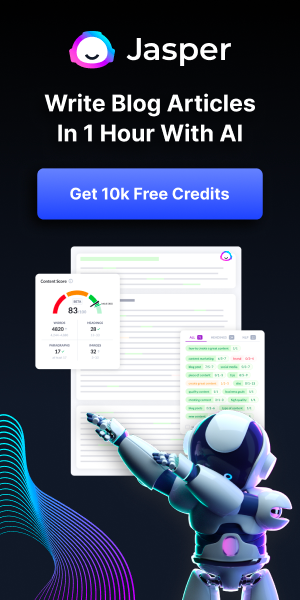
In 22 years of working with venture capitalists, Steven M. Cohen, co-manager of Morgan Lewis’s emerging business and technology practice, can only remember one time when a venture capitalist returned feedback to a presenter and ultimately invested. When the odds are that slim, “how do you get that first meeting and give yourself the best shot at getting a potential investor?” he asked.
Cohen moderated a panel titled, “VC Confessionals: Why We Funded, Why We Passed,” during Wharton’s recent 2012 Entrepreneurship Conference, whose theme was “Turning Painpoints into Opportunity”. In explaining that tagline, the conference organizers noted that “pain has often been embedded in entrepreneurship. The pain of a personal frustration inspired a new venture. The pain, sweat and tears of an idea turned it into a viable business. The growing pains of the startup helped it morph from being in a league of its own, to one in which it became an industry leader. Pain has often revealed opportunity.”



















